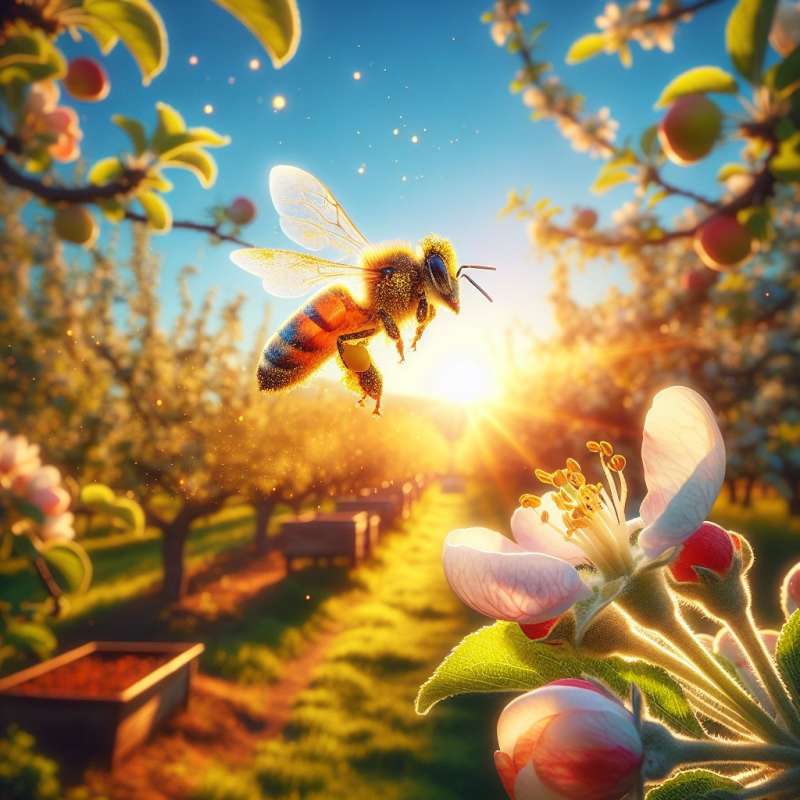
Introduction to Apple Botany
Apples, like all fruits, are the mature ovaries of flowering plants. They develop after pollination, when the flower's ovules are fertilized, transforming the ovary into a fruit.
Ovary's Role in Apples
In apple trees, the ovary is located at the base of the flower. Post-pollination, it grows into the fleshy fruit we eat, with seeds at its core, ensuring the species' propagation.
Apple Seeds and Genetics
Each apple seed carries genetic material from both parent apple trees. This genetic diversity is why planting seeds from an apple doesn't guarantee you'll get the same apple variety.
From Blossom to Apple
Apple development takes months. It starts with blossom ovary enlargement, followed by fruit set, and ends in maturation, where the apple achieves its final size, color, and sweetness.
Varieties and Ovary Differences
Not all apple ovaries are the same. Different apple varieties can have varying ovary sizes and shapes, influencing the final fruit's appearance and texture.
Cross-Pollination Impact
Cross-pollination between different apple varieties can affect fruit characteristics. It's a natural genetic shuffle that contributes to the development of new and unique apple types.
Human Intervention
Humans have selectively bred apples for thousands of years, choosing desirable traits. Modern apples are larger, sweeter, and more diverse thanks to our interventions with their ovaries.Surprising Apple DNA Fact
Every apple seed in a single apple can grow into a completely different variety of apple tree due to its unique genetic makeup.
What matures into an apple?
Pollinated flower's ovules
Apple tree leaves
Stem of the blossom
Company